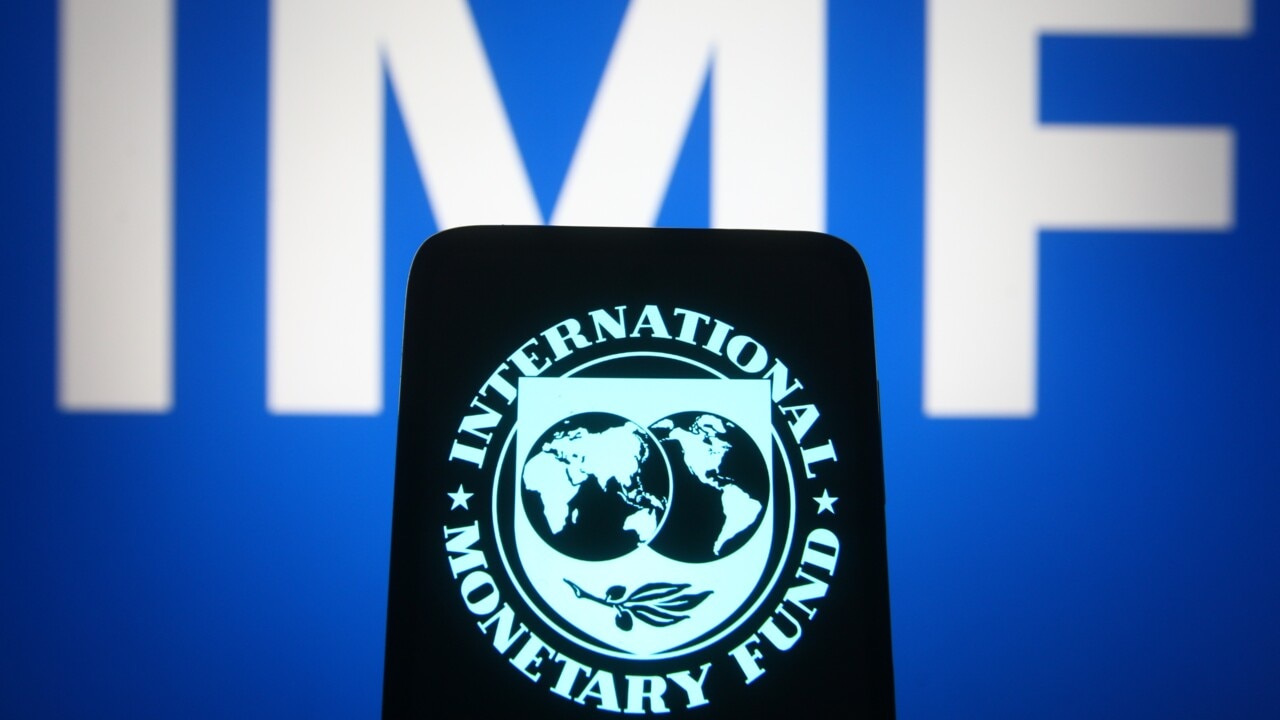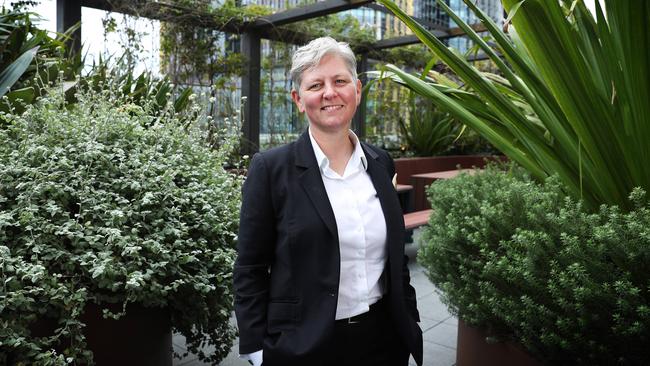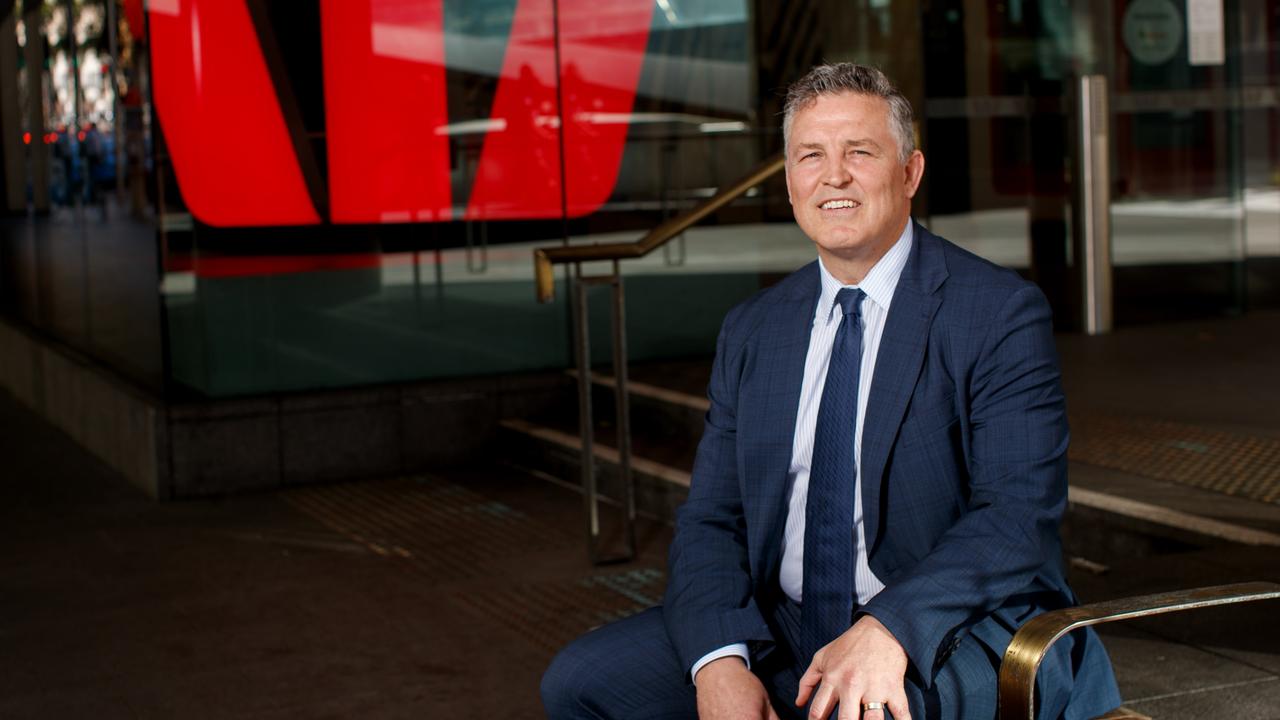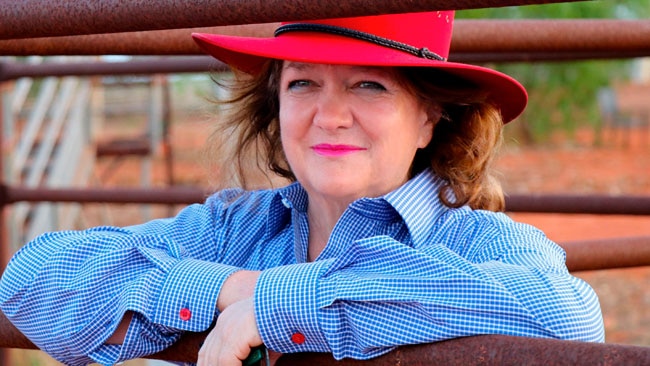
Barring a global shock that might trigger co-ordinated policy stimuli around the globe, the Reserve Bank is expected to keep adjusting its monetary policy, based on Australia’s domestic needs.
The nation’s slower progress on lowering inflation relative to its peers suggests it won’t mechanically follow if the Fed cuts in June, as the market expects, and the Australian dollar is likely to rise, says Westpac chief economist Luci Ellis, a former assistant governor (economic) at the RBA.
“Australia has been later to the inflation surge and disinflation than peer economies, so the RBA will be later than its peers to cut rates,” Ellis says. “Central banks can move policy according to domestic needs rather than be led by the Fed. Exchange rates are likely to respond.”
US economic data, including retail sales and jobless claims, proved stronger than expected this week. Together with central bank officials at the Fed and ECB pushing back on market speculation that rate cuts in the US and EU could start as early as March, the data put upward pressure on bond yields.
The US 10-year Treasury yield hit a five-week high of 4.17 per cent versus a year-end low of 3.78 per cent as the chance of the Fed cutting in March fell to 55 per cent from 87 per cent at the end of 2023. Sharemarkets reacted negatively. Australia’s ASX 200 hit a five-week low of 7322 points amid a sell-off in global shares and iron ore prices, before rising 1 per cent to 7421.2 on Friday.
Expectations of RBA interest rate cuts have also been pushed out significantly in recent weeks.
Overnight index swaps indicate that the first two rate cuts in Australia are now expected in November 2024 and March 2025. A few weeks ago, rate cut pricing was much more aggressive.
Last month the overnight index swaps market briefly had priced in an initial 25 basis points rate cut by the RBA by June.
At that time a second rate cut of the same magnitude was expected by November.

Most economists now doubt there will be enough disinflation in Australia for rate cuts to start well into the second half of the year.
However, most are convinced rates have peaked. This week NAB was the last of the big four banks to scrap its call for another rate hike. NAB now expects the RBA to start cutting in November.
Westpac notes that the world is entering 2024 with global inflation declining, but still high.
Goods price inflation has fallen sharply as pandemic-related disruptions to supply chains eased. Services inflation is still high but decelerating as domestic economies and labour markets soften.
With a near-term rebound in domestic inflation no longer seen as a material concern for central banks, markets are anticipating rate cuts even as officials show no inclination to rush into cuts.
But Westpac’s Ellis says rate cuts can start once central banks become confident that inflation will return to target levels “soon” rather than having to wait until inflation actually reaches them.
“This is an implication of the lagged effects of monetary policy,” she says.
“Central banks need to be forward-looking, reacting to shifts in the outlook and the risks around that outlook, and not necessarily to the latest data surprise.”
In recent months several major central banks have started talking publicly about the timing of future rate cuts. As financial conditions influenced by market pricing subsequently eased, Fed and ECB officials moved to hose down expectations that they saw as overly enthusiastic.
“Nonetheless, these policymakers are acknowledging that rate cuts are coming within the year,” Ellis says. Australia was later to the inflation surge and disinflation than peer economies, as it was later to open up after the pandemic, and some of the other supply shocks had a more drawn-out effect.
While Russia invaded Ukraine in February 2022, it was July 2023 before Australian households started seeing the effects of higher energy prices in electricity bills.
“The extraordinary surge in labour supply here has both delayed and dampened the upswing in wages growth; our wage bargaining institutions have played a role here as well,” Ellis says.
As a result, she doesn’t expect the RBA to start cutting rates until September.
She said she’s often asked whether the RBA can operate on “such different timing”.
Her response is that the floating exchange rate regime makes this possible because the exchange rate then adjusts to absorb the shifts in investment flows attracted by changing relative yields. “Global factors will have a common influence on the actions of all monetary policymakers, as we saw during the pandemic,” she says. “But as long as the exchange rate floats, central banks can respond to the domestic implications of that common factor, not to the responses of their larger counterparts.”
In her view there won’t be any barriers to the RBA operating on its own timetable, driven by its own view of the domestic inflation outlook. Expectations of a relatively slower pace of rate cuts in Australia underpins Westpac’s view that the Australian dollar will appreciate over 2024.
Of course there are many risks, including geopolitical events and headwinds to growth in China.
Short-term movements in exchange rates can be influenced by risk sentiment.
In Australia’s case, the outlook for key commodity prices also tends to shape the outlook for the exchange rate. The outlook for both interest and exchange rates will always evolve with events.
“The important thing to remember is that the rates outlook in each economy depends on the economic outlook in that economy. Central banks don’t have to follow the Fed mechanically.”








The Reserve Bank won’t rush to follow the US Federal Reserve’s expected interest rate cuts this year, but could start its own rate cutting cycle in September, according to Westpac.